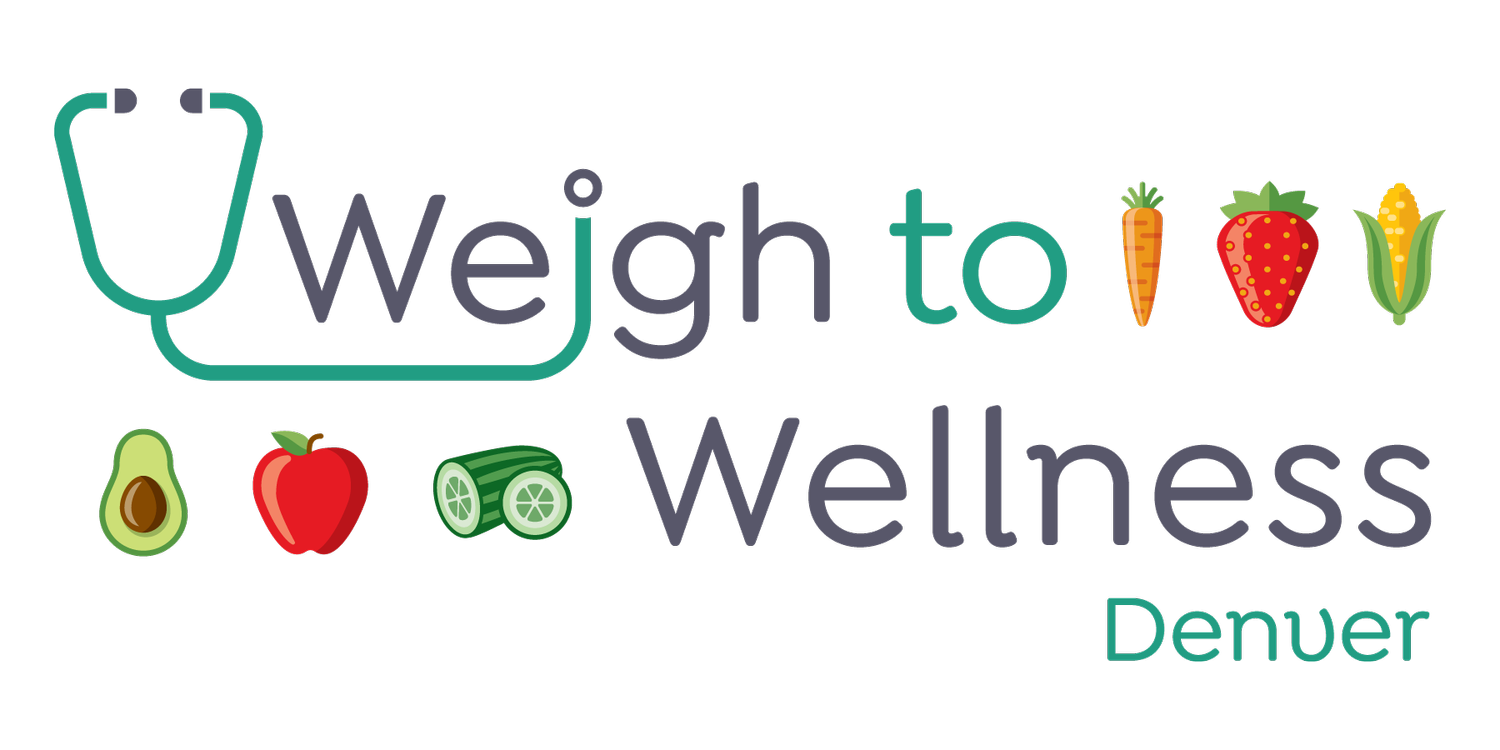The Dangers of Added Sugars
Why should added sugar intake be limited?
It can be difficult to obtain the nutrients you need, without consuming too many calories
Provides “empty calories” or calories that do not provide necessary nutrients needed from the diet
Excess added sugars increases risk of cardiovascular disease, diabetes, obesity, kidney disease, nerve damage, elevated lipids, & pancreatic cancer
Nearly 50% of added sugar in the American diet comes from sweetened beverages such as juices, coffee drinks and soda. Other sources of added sugar comes from dairy products, sauces, jams, dressings, cured meats, baked goods, cereals, and other desserts.
As of 2020, added sugars have been added to the nutrition facts label; this makes it easier to differentiate added sugars from naturally occurring sugars. Naturally occurring sugars from fruit, vegetables, and milk are not considered added sugars and do not have the same effect of added sugars. However, your intake of naturally occurring sugars should be limited in order to obtain proper nutrition from other macronutrients without over eating.
Recommendations for natural sugar intake:
1-2 cups of fruit per day
2-3 cups of vegetables
2-3 cups of dairy
The Dietary Guidelines for Americans (DGA) recommends added sugar intake be less than 10% of total calories for the day for adults. The American Heart Association (AHA) recommends healthy women consume no more than 25 grams (6 tsp) per day and healthy men no more than 36 grams (9 tsp) per day. Ask your Registered Dietitian or healthcare provider what your added sugar intake should be.
Some ideas of how you might decrease your sugar intake:
If you love this… Try this!
Candy bar Quest candy bar or protein bar
Reese’s peanut butter cups Energy bites with peanut butter and chocolate, Lily’s peanut butter cups
Jello or pudding Sugar free Jello or pudding , chia seed pudding, whipped cottage cheese
Ice cream Halo Top or Breyer’s carb smart ice cream, whipped cottage cheese, Greek yogurt
Milk shake Premade protein shake, homemade fruit smoothie, “nice cream”
Peanut butter Peanut butter powder such as PB Fit-mix with water to turn into peanut butter
Sauces and Dressings G Hughes sauces and dressings
Processed grains such as white rice, Brown rice, whole wheat tortillas, whole wheat bread
flour tortillas, white bread
Juice, soda, energy drinks ICE, Oli pop, La Croix, Celcius, Crystal light, unsweetened tea, lemon water
Sweetened coffee drinks, creamer, Protein shake, sugar free creamer, Fair Life milk, unsweetened plant based milk
milk, plant based milk

